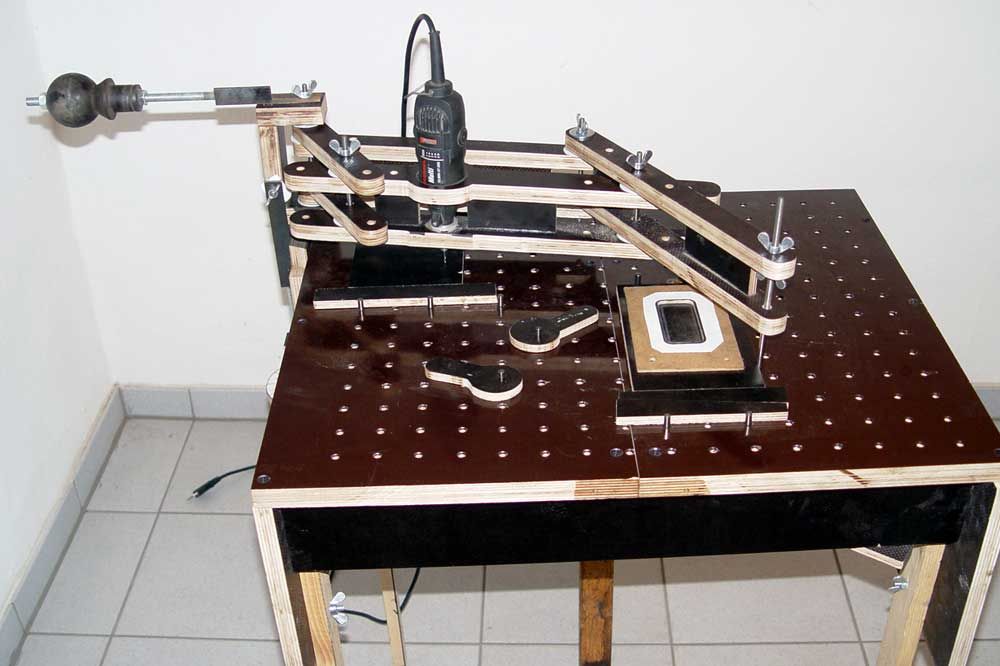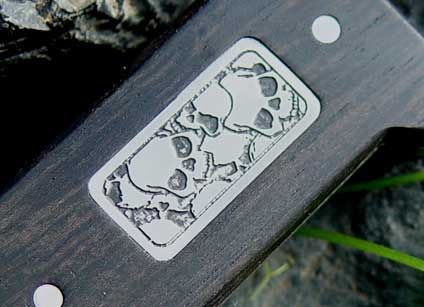Frank Hunter
Well-Known Member
I have a custom job coming up with something new. The client wants a handle inlay different from the regular shield that I typically install through the handle scales then etch for monogramming or other embellishment - he's wanting the lettering of a brand, OO/, inletted into the scales with roughly 1/2" characters in bright nickel silver lettering. This will be on one side of the wood handle, which he still needs to pick out, with possibly other lettering down the other side. I am assuming for something of this detail I'm going to need a pantograph mill? The shields I use are time consuming but doable as they're typically oval and I spend a great deal of time hand fitting them. I spoke with the client and he's up for a collaborative project on this between myself and another knifemaker if necessary. Thank you in advance.


